Unveiling Waze Business Model: 7 Innovative Ways Waze Generates Revenue
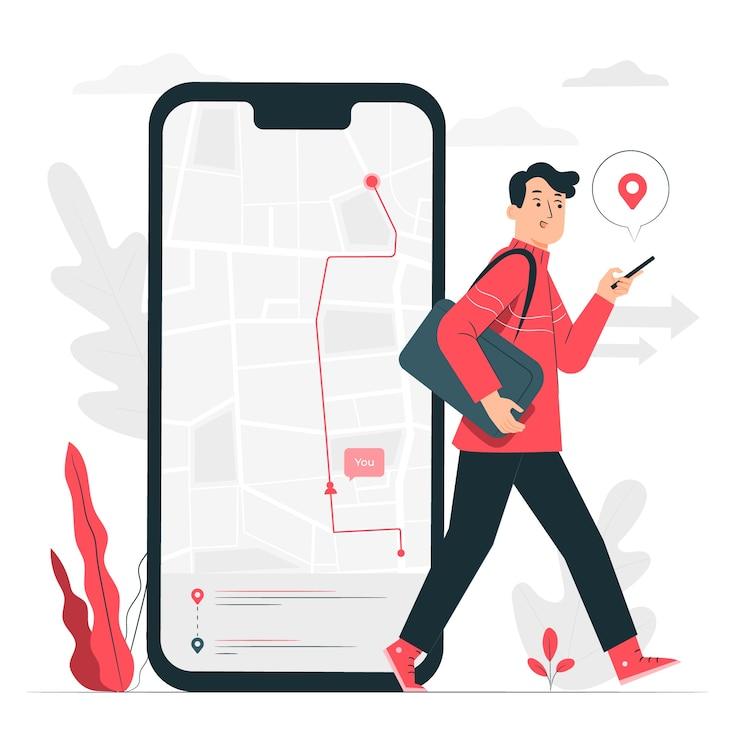
Waze, the popular GPS navigation app, is well-known for providing real-time traffic information, alternative routes, and crowd-sourced data from its community of users. While it's widely recognized for its functionality, what often goes unnoticed is how the Waze Business Model generates revenue. As a free app for users, Waze has developed several innovative strategies to monetize its platform, making it both highly functional and profitable. In this blog, we'll explore the 7 ways Waze generates revenue and how these strategies contribute to its success.
Advertising Through Waze Local
Promoted Search Results
One of the key ways Waze generates revenue is through advertising, particularly with its “Waze Local” feature. This service businesses allows to promote their locations by appearing in search results when users are navigating nearby. For example, when a driver searches for “coffee,” a local cafe that has paid for a promotion can appear at the top of the list. This form of targeted advertising is incredibly valuable because it reaches users who are on the move and looking for specific services. By aligning with user needs in real-time, businesses can attract more customers, and Waze earns revenue through these promotions.
Branded Pins
Another advertising feature Waze offers is branded pins. These pins appear on the map as icons representing businesses, such as gas stations, restaurants, or retail stores. As drivers navigate, they can see these branded pins and are more likely to visit these locations. This visual form of advertising is subtle but effective because it integrates seamlessly with the user's driving experience. Waze charges businesses for these branded pin placements, making it a significant revenue stream for the company.
Sponsored Location Ads
Location-Based Advertising
Waze leverages its location data to offer highly targeted advertising. By using geo-fencing technology, the app can display ads to users as they drive near specific businesses. For instance, a gas station or fast-food restaurant might appear with a special offer just as a driver is approaching. This type of location-based advertising is effective because it taps into the immediate needs of users and increases the likelihood of engagement. Businesses pay Waze to have their ads displayed at these strategic moments, creating a steady stream of revenue for the platform.
In-App Billboards
In addition to location-based ads, Waze offers a digital version of billboards within its app. As drivers travel through certain areas, they may encounter ads displayed on their navigation screen, much like traditional billboards along a highway. These in-app billboards are designed to grab attention without being overly intrusive, and they are especially popular with brands looking for wide exposure. This type of advertising is another way Waze capitalizes on its vast user base and generates revenue.
Data Monetization
Selling Traffic Data
With millions of users contributing real-time data about road conditions, traffic, and driving patterns, Waze holds a treasure trove of valuable information. The company can sell this data to municipalities, governments, and other organizations interested in analyzing traffic flows and infrastructure needs. For example, cities may use Waze data to identify traffic bottlenecks or optimize road planning. By monetizing this data, Waze turns its user base into a valuable resource for urban planning and public policy, creating an additional revenue stream.
Licensing to Automakers
In addition to selling data to governments, Waze can license its traffic information to automakers and GPS device manufacturers. As cars become more connected and reliant on real-time navigation, having access to Waze’s data can enhance in-car navigation systems. Automakers are willing to pay for this data because it provides more accurate routing and real-time traffic updates, improving the overall driving experience for their customers. This partnership between Waze and the automotive industry is another strategic way the app generates revenue.
Carpool Service Revenue
Waze Carpool
Waze has expanded beyond traditional navigation by offering a carpool service. Waze Carpool connects drivers with passengers who are traveling along similar routes, allowing them to share rides and split costs. While the primary benefit of this service is to reduce traffic and emissions, Waze also generates revenue by taking a small commission from each carpool transaction. This service is especially popular in regions where carpooling is encouraged to combat congestion, and it provides Waze with a new avenue for generating income.
Subscription Model for Premium Features
Although Waze is a free app for most users, the company has explored subscription-based models for offering premium features. These features could include enhanced navigation tools, personalized routes, or exclusive access to certain services. By providing extra value through a subscription model, Waze can diversify its revenue streams beyond advertising and data monetization. While this model is still developing, it holds potential for future revenue growth as users seek more customized experiences within the app.
Partnering with Major Brands
Collaborative Campaigns
Waze has successfully partnered with major brands to run collaborative marketing campaigns. For example, during the release of a new movie or product, Waze can incorporate branded content into its app. This might include special icons, messages, or directions to event locations. By integrating brands into the user experience in a way that feels natural, Waze creates value for both advertisers and users. These partnerships are lucrative for Waze, as brands are willing to pay a premium for access to Waze’s engaged and active user base.
Integrations with Retailers and Gas Stations
Waze has also formed partnerships with retailers and gas stations, offering users discounts or promotions when they stop at partner locations. For example, a user might receive a notification for a discounted coffee at a nearby gas station. These partnerships benefit both Waze and the businesses involved. Retailers attract more foot traffic, while Waze earns a commission from each completed transaction. This mutually beneficial model has become an effective way for Waze to monetize its platform while adding value for its users.
Conclusion
Waze's business model is multifaceted, leveraging a combination of advertising, data monetization, partnerships, and services like carpooling to generate revenue. By focusing on providing value to both users and businesses, Waze has created a sustainable and profitable ecosystem. The company's innovative approach to integrating advertising into the user experience, combined with its ability to monetize traffic data, makes it a leader in the navigation app space. Partnering with an on-demand app development company can help businesses explore similar models and create tailored digital solutions.

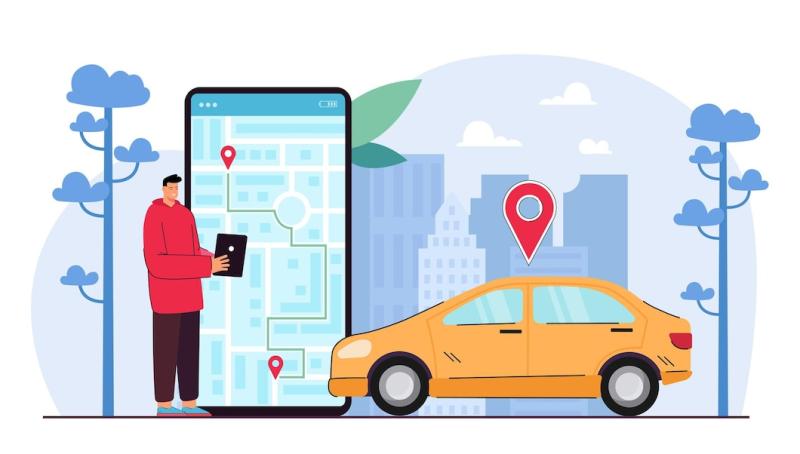

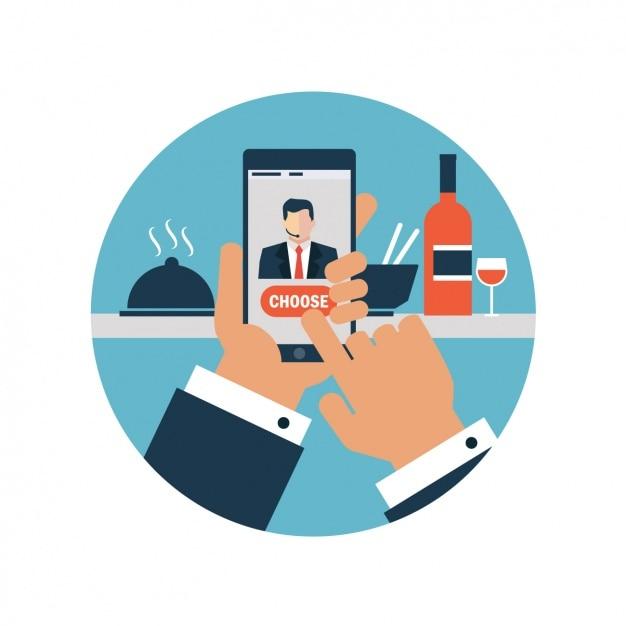
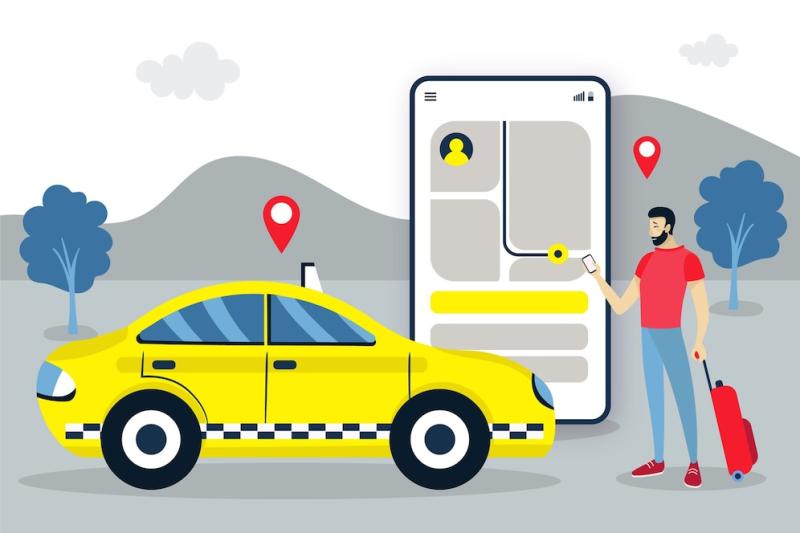

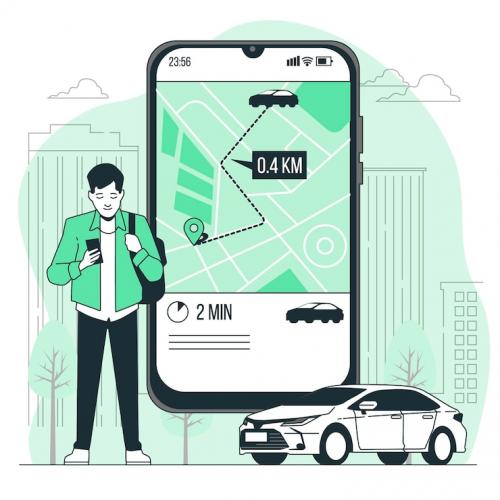
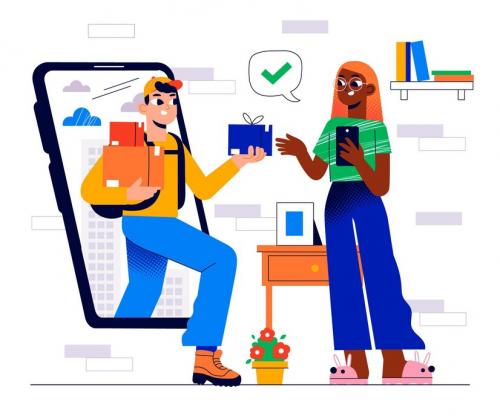
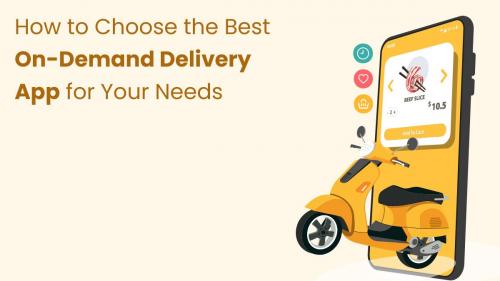
Comments